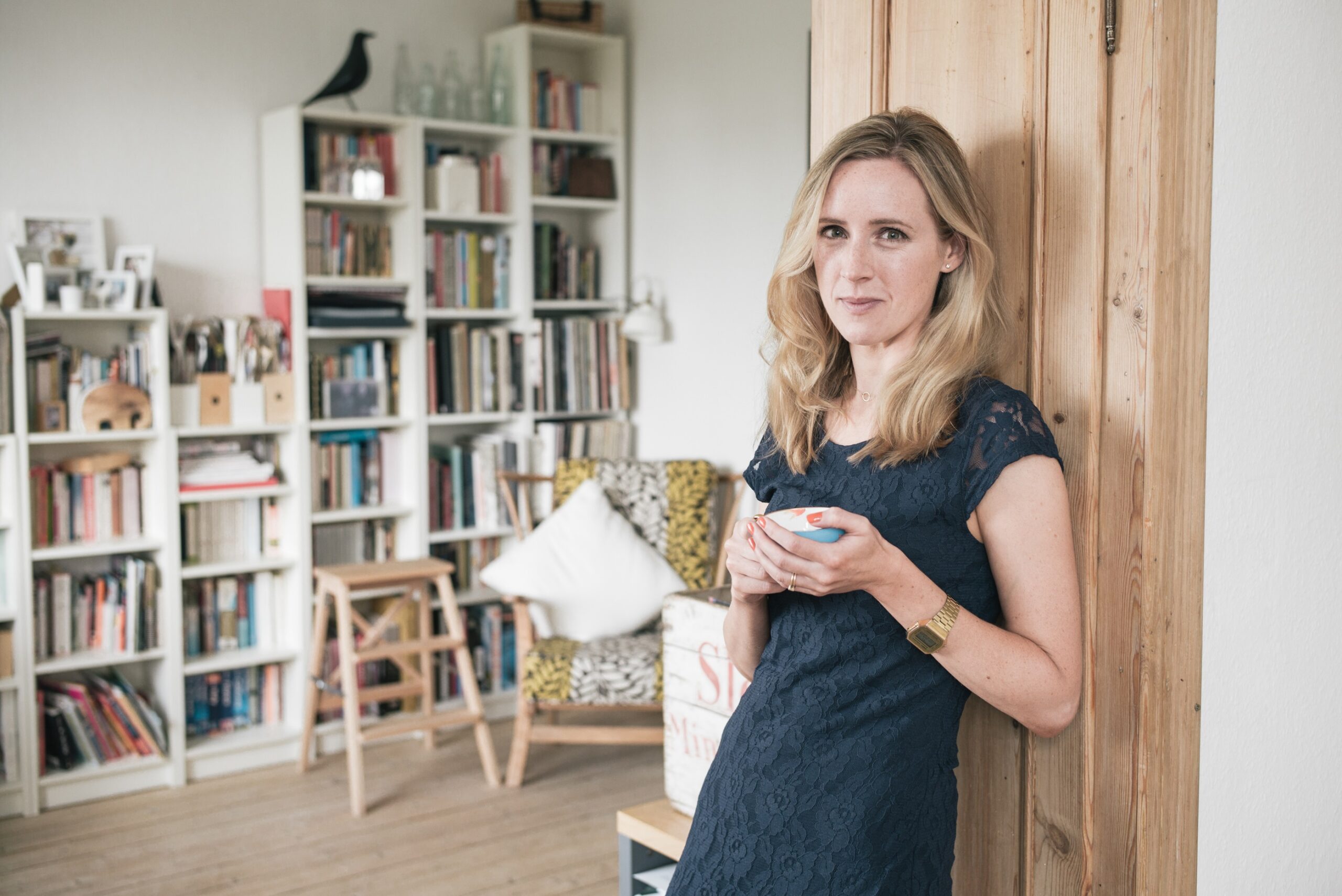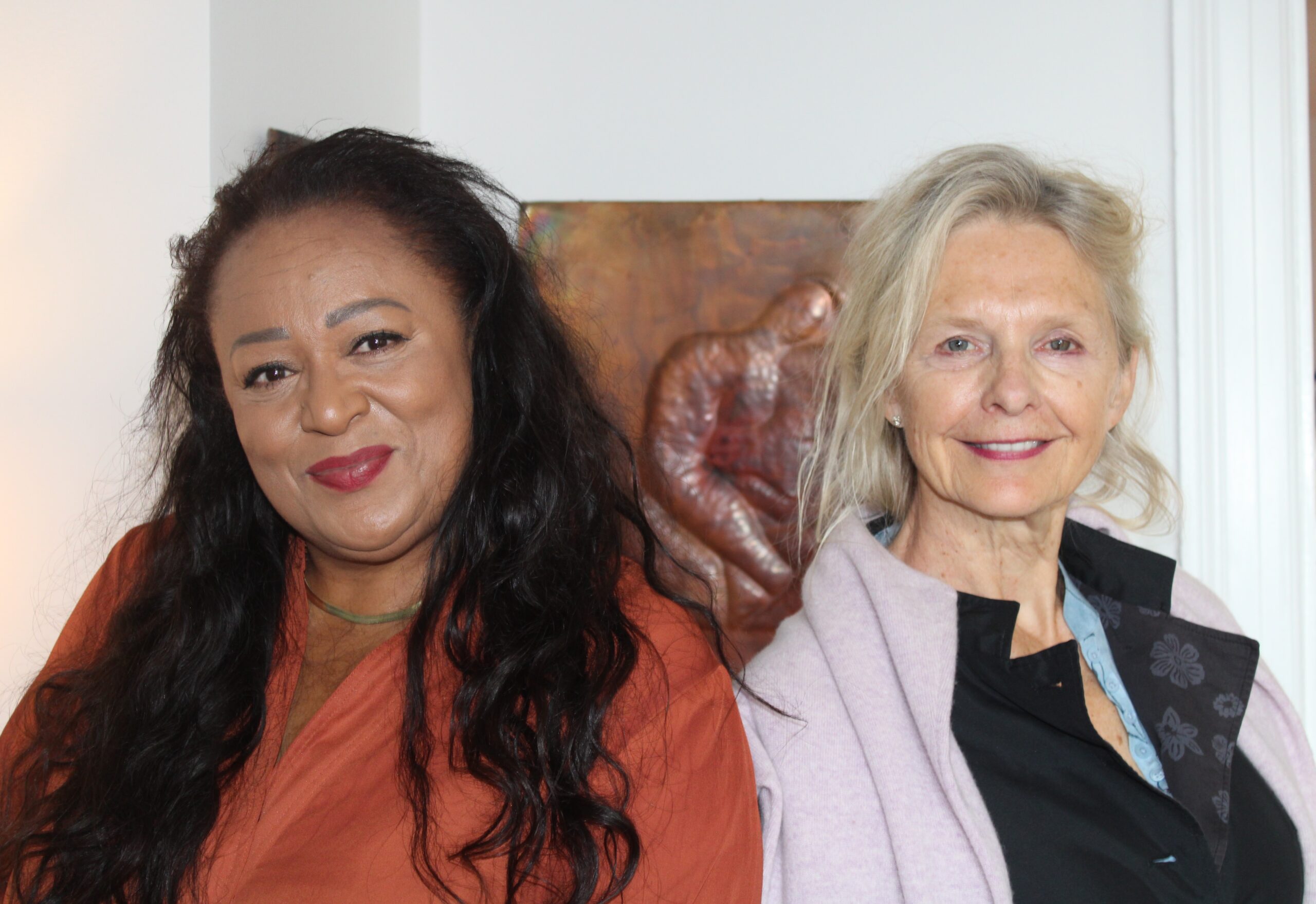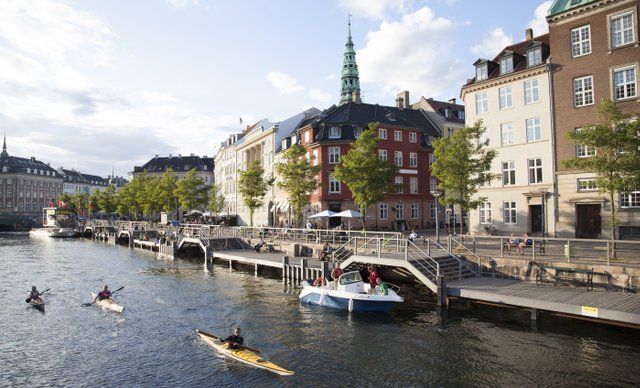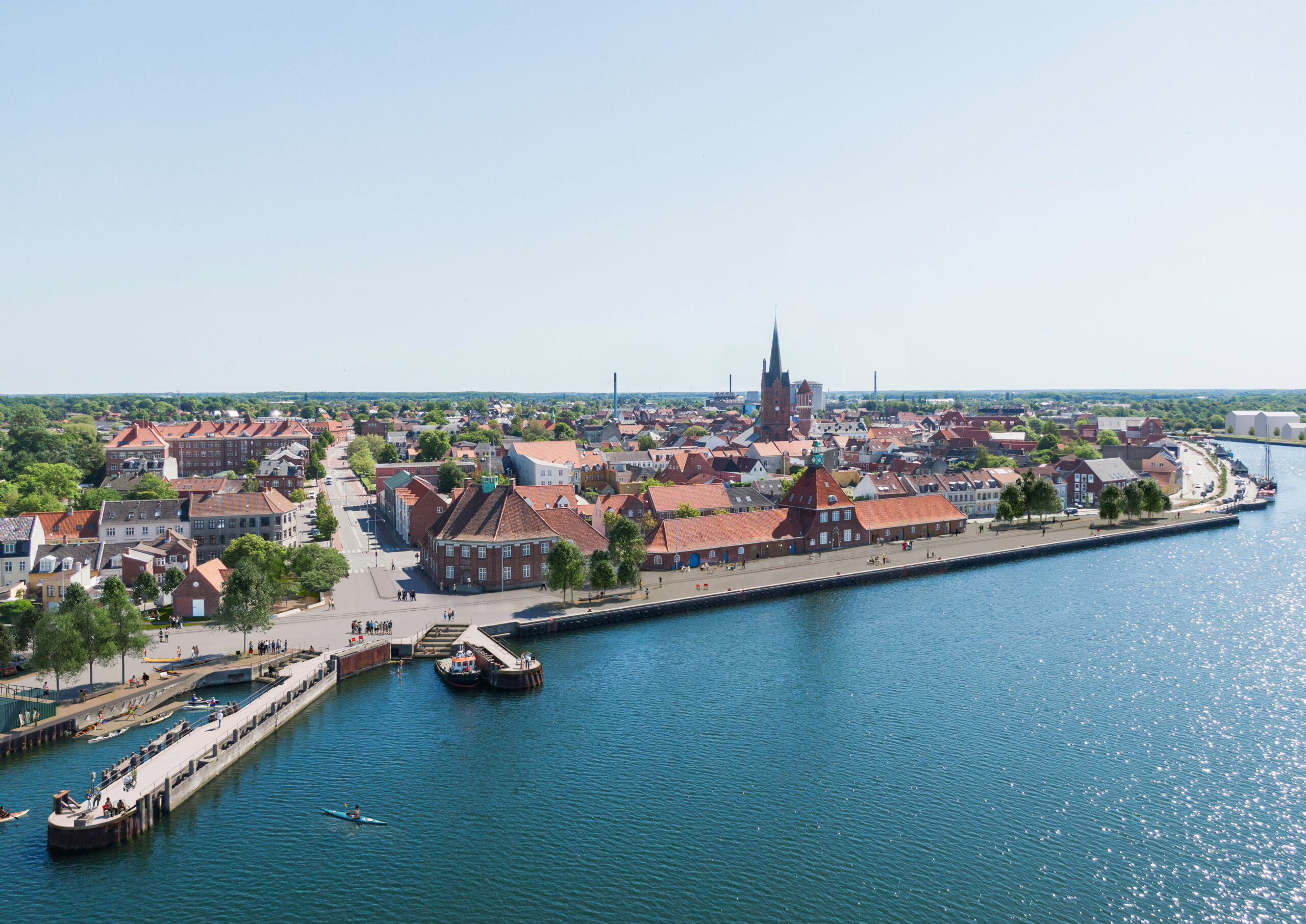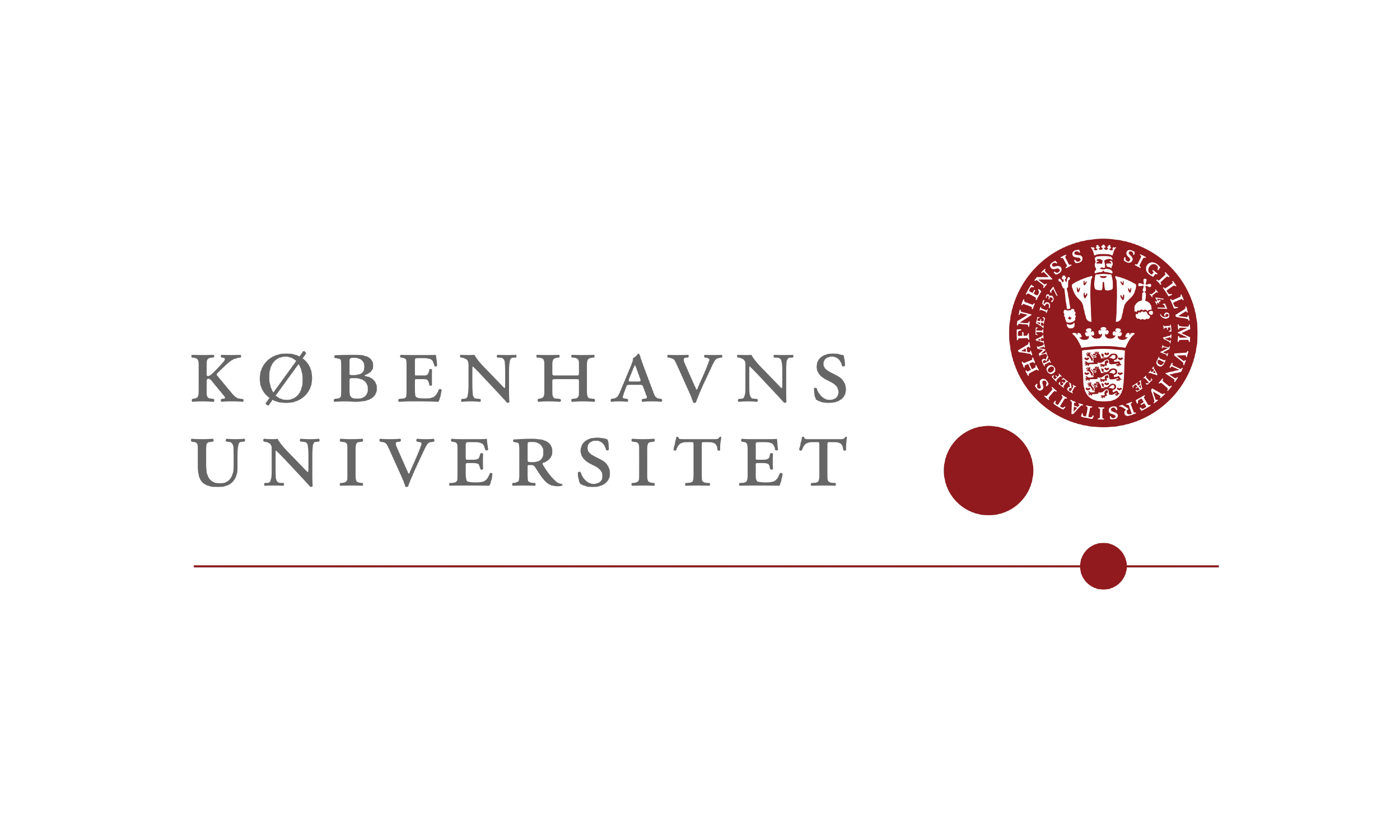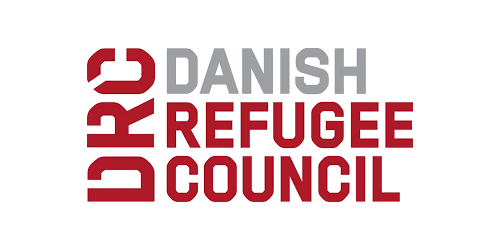The government is targeting young people in a bid to break “the hidden infection chains” of COVID-19 currently ravaging the capital region.
The health minister, Magnus Heunicke, just moments ago outlined plans to test as many people aged 15-25 as possible who are living in 17 of the 25 municipalities in Greater Copenhagen.
From tomorrow, medical teams will be turning up at schools and other youth venues to offer non-mandatory tests. Heunicke is hopeful 200,000 people in the age bracket can be tested in the build-up to Christmas.
According to Heunicke, the taskforce will “move like a caravan” through the capital region, starting in Ishøj.
In the meantime, the age bracket is encouraged to only see up to ten people socially. Should they have symptoms, isolation and testing is strongly advised.
New restrictions for working and schools
Barely two hours after another 1,468 new infections were confirmed, Heunicke outlined a number of other new restrictions for the 17 municipalities.
All workers in the capital region are encouraged to work at home. Frederiksberg’s mayor, Simon Aggesen, has repeated the advice.
Shops will be asked to introduce tighter limits on how many customers they can admit at one time.
Far more restrictions will be introduced at schools in a bid to stop the potential spread of infections (see below).
Worst rates in Denmark
Across Greater Copenhagen, infection rates are rising and far higher than in most of the country – most particularly in the Vestegnen suburbs in the west of the capital.
Some 17 out of the worst affected 25 municipalities are located in the capital region. The worst is Tårnby, which has had 169 new infections over the past seven days, which corresponds to 395 cases per 100,000.
The worst hit age brackets are 20 to 29-year-olds and 10 to 19-year-olds.
UPDATES:
More restrictions at nursing homes, as the coronavirus is beginning to take a hold. For example, one establishment in Tårnby currently has 55 infections.
Helsingør north of Copenhagen has been identified as an area with a high infection rate.
The region’s hospitals may be forced into cancelling surgery and visitations.
From December 7, higher education and the gymnasiums will be encouraged to switch to digital teaching and exams where possible.
At the public schools, all meals will take place in classrooms.
A maximum of ten people can take part in children’s sports activities.
Copenhagen currently has an infection rate of 285 people per 100,000 inhabitants – the highest yet recorded.


